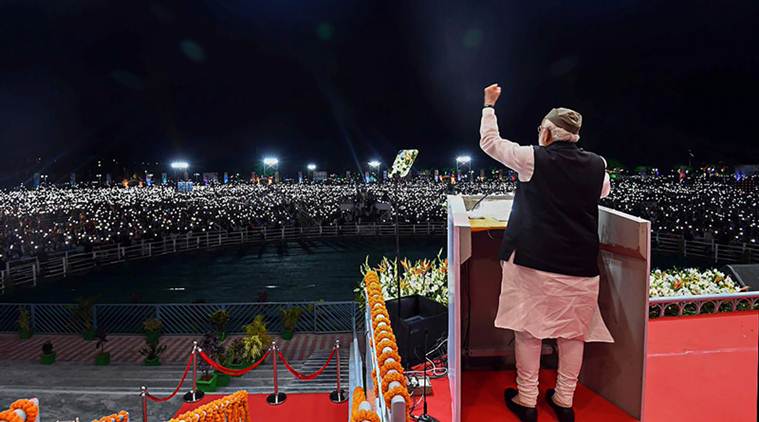Renaming islands in Andamans obscures complex loyalties, horrific memories
The irony is the more we rename the more we erase; and what gets swept away is not the Mughal or the British master’s history, but our own past.

On December 30, 2018, three islands of the Andaman group were renamed. The Ross Island as Netaji Subhas Chandra Bose Dweep, Neil Island as Shaheed Dweep and Havelock Island as Swaraj Dweep. The renaming commemorates Netaji Subhas Chandra Bose’s visit to the Andamans as the commander of the Azad Hind Fauj (INA) in December 1943. This was during World War II when the Japanese had occupied the Islands as allies of INA. They had wrested control from the British who had colonised the Islands in 1858. Although mistakenly assumed to be a consequence of the Revolt of 1857, the colonisation of the Andamans was an outcome of the oceanic politics of the Raj and its need for a strategic foothold in the Bay of Bengal.
The Japanese occupation was a curious phase in the Andamans’ history. During my PhD fieldwork in the Andamans in 2002, I interviewed several people regarding their experience of living under the Japanese occupation. The settlers on the Andamans in the 1940s included ex-convicts, descendants of convicts (known as local-borns), the Chinese and Burmese convict labourers besides the settler communities — the Moplah rebels from Malabar; Bhantu, a “criminal tribe” of Sultana dacoit’s gang from UP; Karens, a Christian hill tribe of Burma; and the Catholic labourers from Ranchi who had migrated in the mid-1920s under a settlement scheme. The settlers across the board remembered the period of Japanese occupation as one of intense misery, poverty and constant fear.
Shanti, a septuagenarian Bhantu, recounted how they were reduced to eating wild roots and wearing gunny bags as the Japanese used to take away their entire paddy crop. Her father saved some rice by placing it in a hole at the back of the house and putting a charpoy on top. In a low conspiratorial voice Shanti also confided how the Japanese soldiers were always seeking Bhantu women.
Asharfi Lal, another septuagenarian, corroborated Shanti’s horrifying tales. He was amongst the few Bhantus to attend the Japanese school and live amongst the Japanese soldiers. He reminisced with a shudder how many settlers were taken away on boats and dumped into the sea near Havelock Island and many of them were lined up and shot. Many residents of the convict villages denounced their neighbours to save themselves. When asked how they celebrated the coming of Independence, Lal replied he was very happy the day the Andamans got azadi and the Union Jack went up. I thought he got the name of the flag wrong. I asked him for the date of Independence and he said: “1945.” It was the British reoccupation of the Islands on October 7, 1945, that he remembered as the day of Independence.






































No hay comentarios:
Publicar un comentario